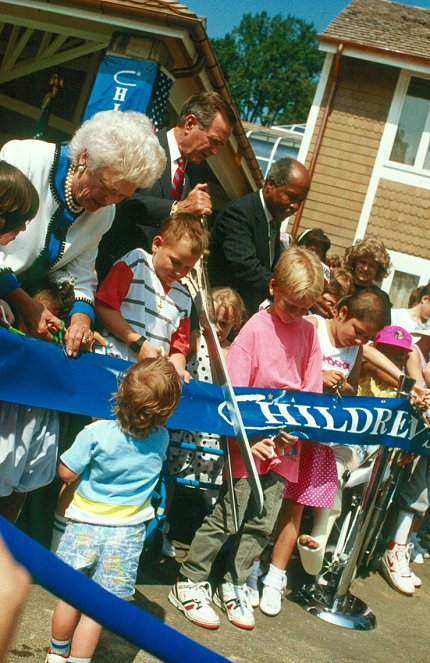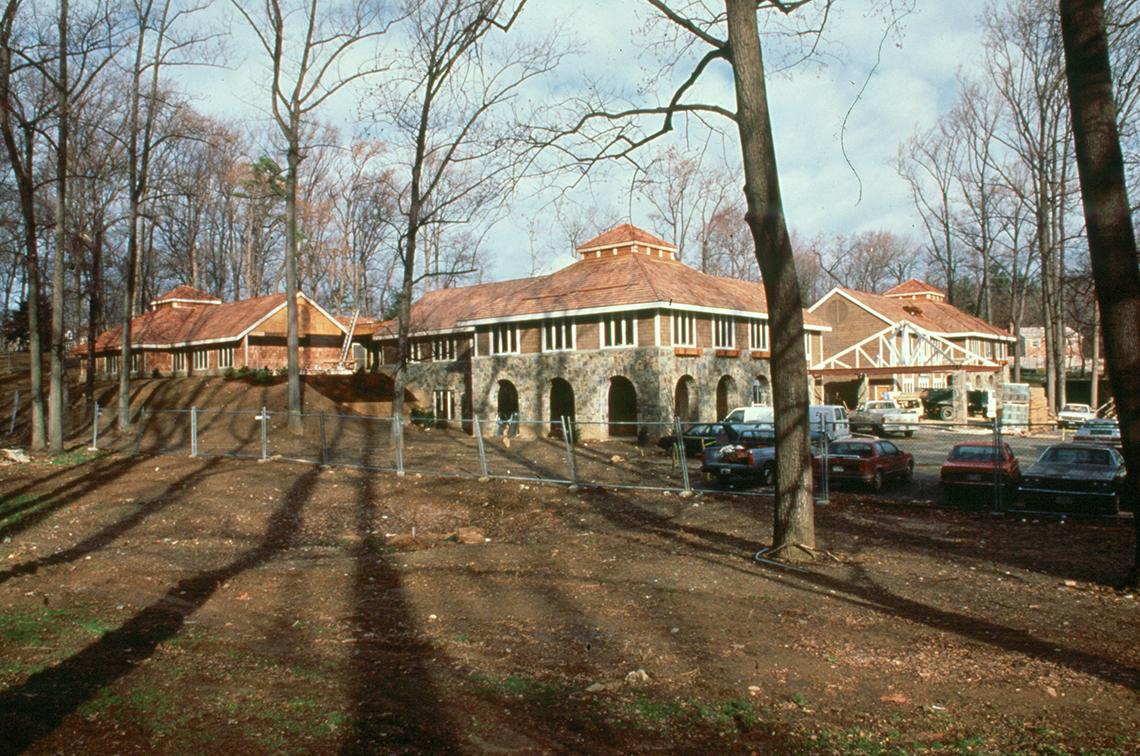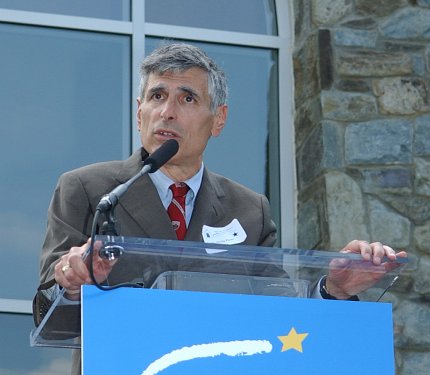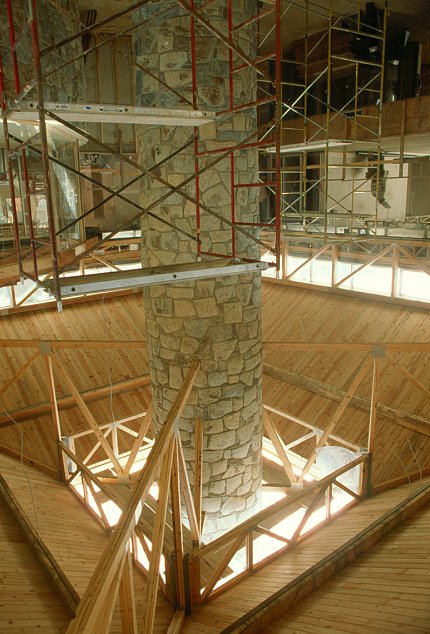‘A Dream Come True’
Inn Celebrates 30 Years Helping Patients, Families

For the last 30 years, the Children’s Inn at NIH has provided a “place like home” for thousands of families whose children undergo treatment at NIH.
“It’s wonderful what we—the inn, the NIH and our many supporters—have achieved together,” said inn CEO Jennie Lucca. “Children staying at the inn are true partners in research to the NIH and have helped bring about many new treatments and cures that will benefit children for generations to come.”
Since its grand opening on June 21, 1990, the inn has welcomed more than 15,000 seriously ill children; their families have made 60,000 visits. Besides offering a free place to stay during treatment, the inn presents residents with a range of therapeutic, recreational and educational programs and services. The inn also has an emergency fund to help families through tough times; another fund helps families afford therapeutic or academic activities once they return home.
Even though it sits just steps away from the Clinical Center on federal property, the inn is a nonprofit charity supported through private donations. This unique arrangement allows NIH to take care of patients’ medical needs while the inn tends to patients’ social and emotional needs.
Because of the inn, children from all 50 states and 94 countries have been able to participate in clinical research at NIH. These studies have resulted in successful treatments for children with leukemia and other cancers, HIV/AIDS, serious mental health issues, asthma, bone and growth disorders, life-threatening immune deficiencies, sickle cell disease, periodic fever syndrome and many other rare and serious genetic diseases.

The idea for the inn began in the 1980s, when Dr. Phil Pizzo, then chief of NCI’s Pediatric Branch, began asking about building a house for pediatric patients and their families to stay during treatment. Families back then slept in their cars, local motels or hospital waiting rooms and sometimes ate their meals from vending machines.
Late in that decade, Pizzo met Carmala Walgren, wife of Rep. Doug Walgren (D-PA), through a Clinical Center patient. She learned of the need for a children’s home at NIH. With the help of fellow congressional wife Debbie Dingell, wife of Rep. John Dingell (D-MI), congressional leadership and private donations, construction on the inn began shortly thereafter.

“I think what’s special about the Children’s Inn’s history is that people from the NIH, industry, legislators and private citizens came together to make this extraordinary safe haven for seriously ill children and their families a reality,” said Lucca.
When the inn first opened, there were 36 rooms for patients, a community room with a stone fireplace, a kitchen and other common areas to encourage interaction among families. In a 1990 interview with the NIH Record, inn architect Bob Greenberg explained, “We wanted this house to be an extension of the healing process for kids and families.”
The architectural team selected building materials that created a residential feeling, including wood-shake shingles, cedar siding, wood planter boxes, copper gutters and downspouts and stone arches. Due to an increase in federal investment in pediatric research, demand for rooms soon outweighed supply. In 2004, the inn opened a new wing featuring 23 rooms, another kitchen and more common areas. Nine years later, the inn opened a playground that appeals across cultures, age groups and physical abilities.
At the inn, 200 regularly scheduled volunteers staff the front desk, tutor, lead activities, help organize in-kind donations and stock community pantries. Over the years, hundreds more have made dinner for families, organized activities and provided other support.

In 2016, the inn began serving residents up to 30 years old. To accommodate their needs, the residence now offers age-appropriate activities and programming. Young adult residents can attend workshops on topics relevant to their age such as family finances, education and career development. The inn regularly offers fun social outings to help young adults network with peers who are experiencing similar challenges.
The inn also began offering adults-only activities for caregivers, while children take part in their own activities. Recently, the inn held a paint-and-sip event, where an instructor led art lessons and the caregivers painted and enjoyed mocktails.

Staff will continue to develop programs and activities that will enhance resident experiences and strengthen communication between the inn and NIH staff. To keep pace with advances in clinical care and technology, the inn plans to renovate resident rooms and common spaces. The renovation will incorporate best practices in hospitality design, communication and infection control. In the next 2 or 3 years, the inn hopes to convert a building across the street into housing for young adults.
At the inn’s ribbon-cutting ceremony 30 summers ago, Pizzo declared, “One day the inn will be a monument to the children whose participation in research projects allowed diseases to be cured.” He added: “These cures we hope for will allow children to stay in the real inn—their homes.”
Three decades later, his prediction continues to ring true.
